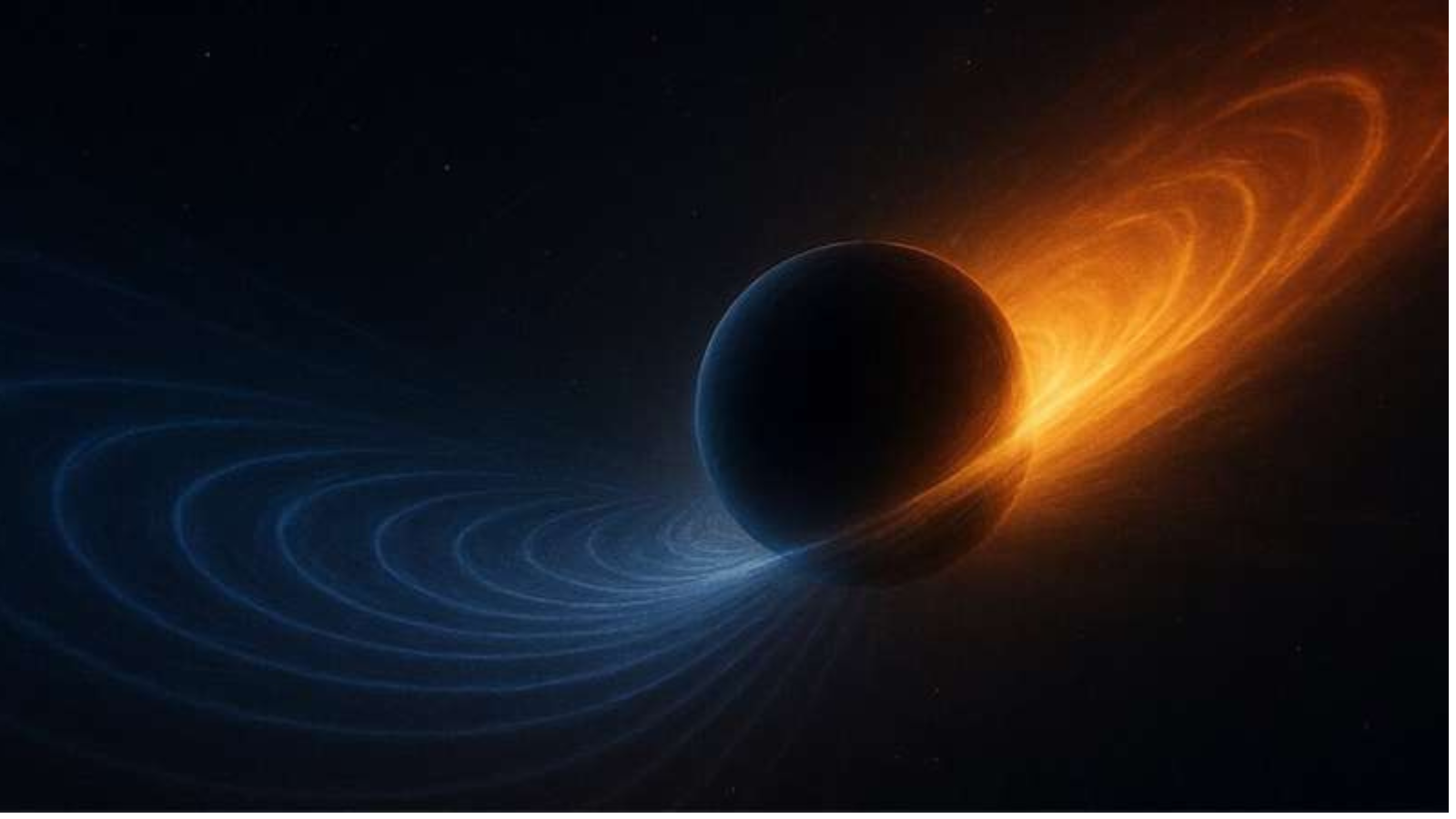Astronomers have made a groundbreaking discovery by detecting the gravitational wave ‘cry’ of a baby black hole as it was kicked away from its birthplace. This marks the first time scientists have measured the velocity at which a newborn black hole was ejected following a dramatic cosmic collision. The event offers new insights into the powerful forces unleashed when black holes merge, sending ripples through space-time.

Unprecedented Gravitational Wave Observation
Using advanced detectors, researchers picked up the gravitational wave signal created when two black holes merged, resulting in a newly formed black hole that was violently propelled away from its original location. This ‘kick’ happens due to the unequal distribution of energy during the merger, and for the first time, scientists have measured its strength and direction directly from the waves. According to experts, this achievement highlights the immense potential of gravitational wave astronomy.
By studying these cosmic signals, scientists can better understand how black holes interact, grow, and sometimes even escape their home galaxies. This discovery not only sheds light on the dynamic lives of black holes but also opens new pathways for future research into the mysteries of our universe.